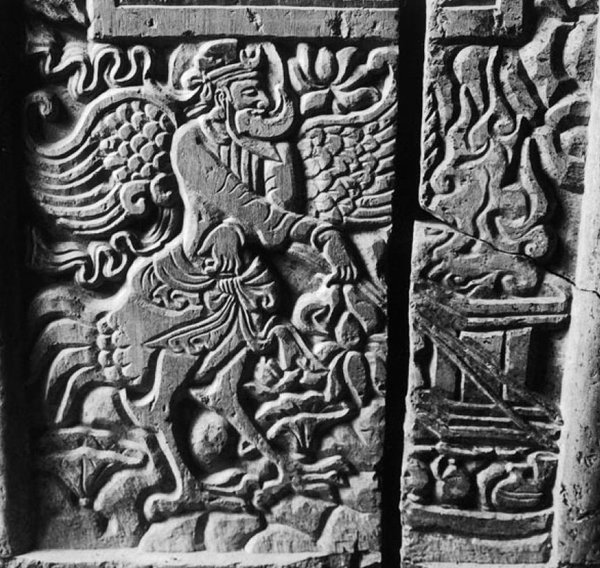Zoroastrianism and Manichaeism in Late Antique and Medieval China – Two Illustrated Lectures
Dobbelt gæsteforelæsning ved lektor, ph.d. Gunner Mikkelsen, Macquarie University, Sydney, arrangeret af forskningsenheden Den Kristne Orient
Oplysninger om arrangementet
Tidspunkt
Sted
AU Nobelparken, Bygning 1453, Lokale 415, Jens Chr. Skous Vej 3

1st Lecture: Zoroastrian Funerary Practices in North China: The Late 6th-Century Tombs of the Sogdian ‘Caravan Leaders’ Shi Jun and An Jia
Zoroastrianism was brought to China via the Silk Road mainly by Sogdian traders. In the past two decades, sensational discoveries of Sogdian tombs have been made at Xi’an. This illustrated lecture focuses on Sogdian Zoroastrian funerary practices as evidenced in the structure, furnishings and art of the tomb complexes of the Shi Jun (Wirkak) and An Jia, who both were leaders of Sogdian communities in North China in the sixth century. It discusses the extent to which and how original practices and beliefs were maintained or sinicized.
2nd Lecture: Manichaeism Meets Buddhism: Mani as a Buddha of Light in Manichaean Texts and Art from Medieval China
Manichaean texts were heavily Buddhicized when translated from Parthian into Chinese during the Tang dynasty. The founder of Manichaeism was introduced to the Chinese as a new ‘Buddha of Light’ or ‘Radiant Buddha’ (guangfo) and grouped with the Buddha Sakyamuni and Laozi in an 8th-century Manichaean text in Chinese from Dunhuang. This lecture provides an overview of and discusses pictures of Mani in Chinese texts and art from Dunhuang and South-East China, including some recently discovered ones.
Fælles arrangement med Forskningsprogrammet for Religionsvidenskab
